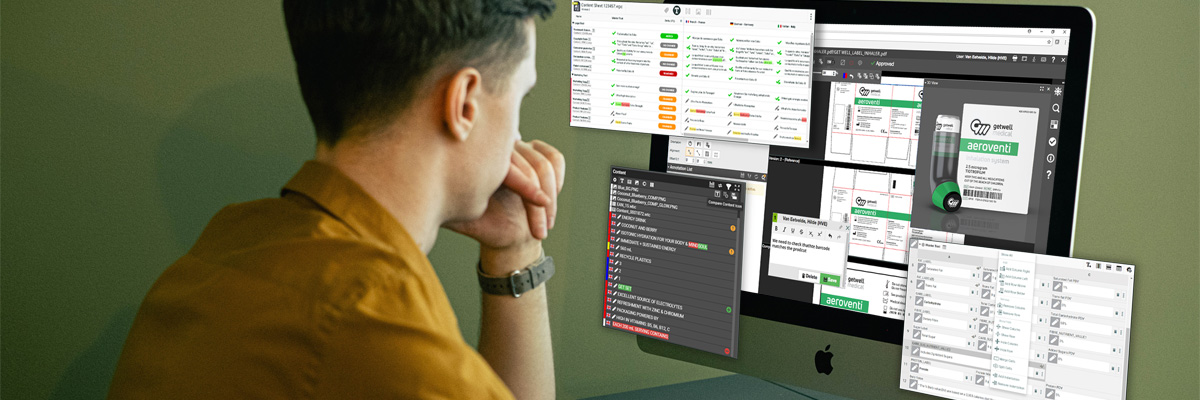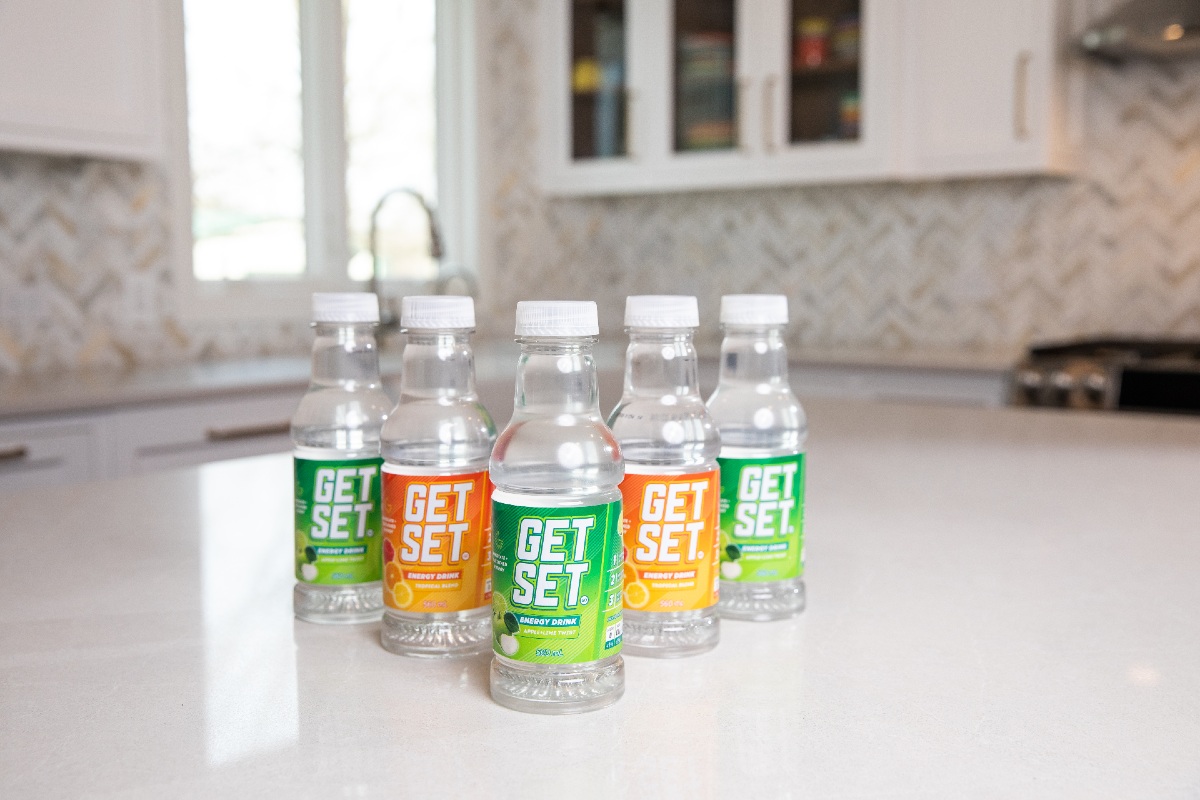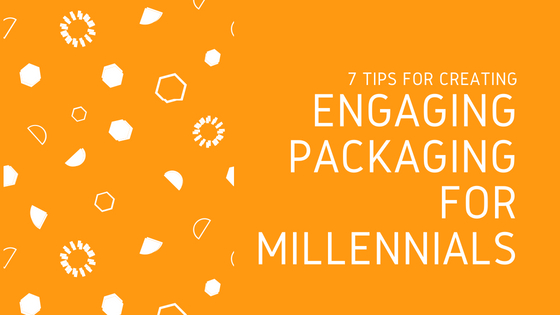Question: On average, how many days does it take to make a label change?
Answer: 198
Let’s be honest. 198 days is a lot of time: 6.6 months, 28.29 weeks, or 4,752 hours – to be exact.
And beyond being just “a lot of time,” 198 days is a real problem.
In today’s on-demand society, your consumers want their product now, not 198 days from now.
Every day you make them wait is a day they’re actually flirting with your competition – right there in the store aisle! Checking out their ingredient lists, comparing their prices, and even “snapping” their snapcodes and playing their games.
Have they no shame?
First truth: if you don’t want to lose your consumers, you have to execute that label change in less than 198 days.
Second truth: In order to move off of 198, you have to take a long, hard look at your label and packaging artwork approval process.
Companies of all sizes and across a wide variety of industries report that one of their biggest “time sucks” is label and artwork packaging approvals.
Why?
For one, many teams rely heavily on email and even IM to communicate.
And while email and IM have numerous benefits, the truth is they hurt more than they help the label and artwork packaging approval process:
- Scouring email threads and IM chats to track down approvals is time-consuming and messy.
- Understanding who needs to approve what can be unclear.
- When deadlines are assigned via email, there’s no automated way to remind someone it’s their turn for an approval. You’re reliant on the packaging owner to track approvals and due dates and to remind stakeholders manually when they need to review an asset.
Cumulatively, this leads to unhappy stakeholders and last-minute edits, and this adds days to your cycle time.
Savvy teams instead remove approval processes out of email and implement a collaborative workflow management solution, increasing on-time completion rates by 75%.
Life Sciences, Pharma and CPG companies alike praise packaging label and artwork workflow management technology and cite six benefits such as:
Preventing Delays
Workflow management systems enable project owners to set tasks, timeframes, and dependencies to ensure each label and packaging artwork project is on time, every time.
It tracks the minutiae of a project – recording who is doing what by when, and approvers receive automatic alerts when a deadline is near.
Optimizing Resources
With workflow management tools, the time it takes to manage a label and packaging artwork project is reduced.
Project owners are freed from the burden of sending follow-ups and chasing feedback, enabling them to focus time and talent toward other priorities in the organization.
Promoting Teamwork
Workflow management technology streamlines communication with automated document sharing and task and approval alerts – and it fosters a better understanding of the end-to-end process.
It adds cohesion to groups of people with diverse skills and experiences, and this can promote teamwork across business departments and among team members.
Using tech “On the Go”
Modern workflow management technology allows users to work virtually.
Staff can access project updates, review label and packaging artwork, and receive task assignments regardless of location – in their office, at a supplier, at home, or even on the beach.
Flagging Unforeseen Issues
A workflow management system captures and organizes issues before they become irreversible problems.
Project owners can then automatically reassign tasks and update timelines, empowering the project team to spend their hours completing the actual work rather than re-working the project scope.
Assessing Performance
With Workflow Management technology, an easy-to-use reporting dashboard enables managers to assess their workflow performance.
A robust KPI-based reporting function will let you see and analyze where the bottlenecks are in your label and packaging artwork management process so you can focus your attention accordingly.
Don’t Settle for 198 Days
Implementing packaging workflow management technology means you can react quickly to a label change – in less than 198 days, in fact.
Don’t keep your consumers waiting.










